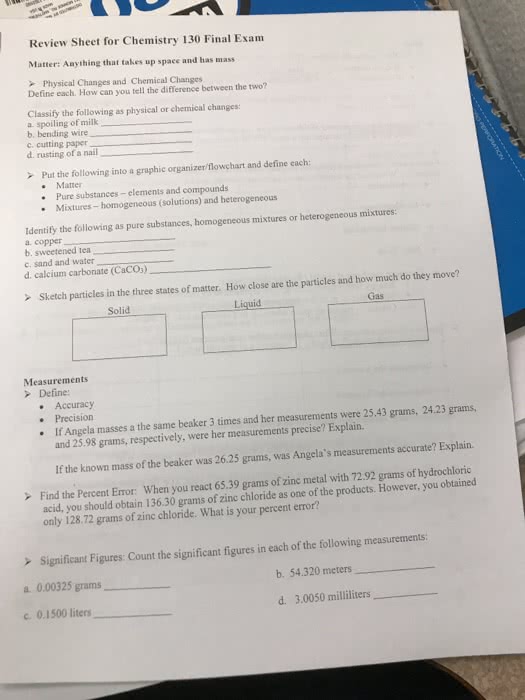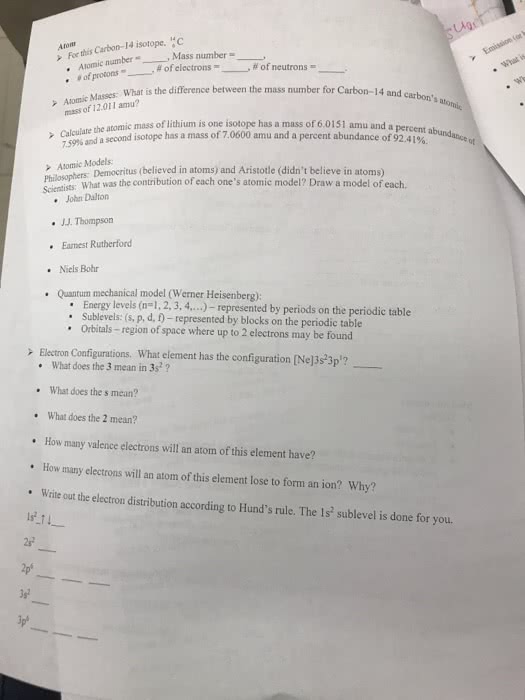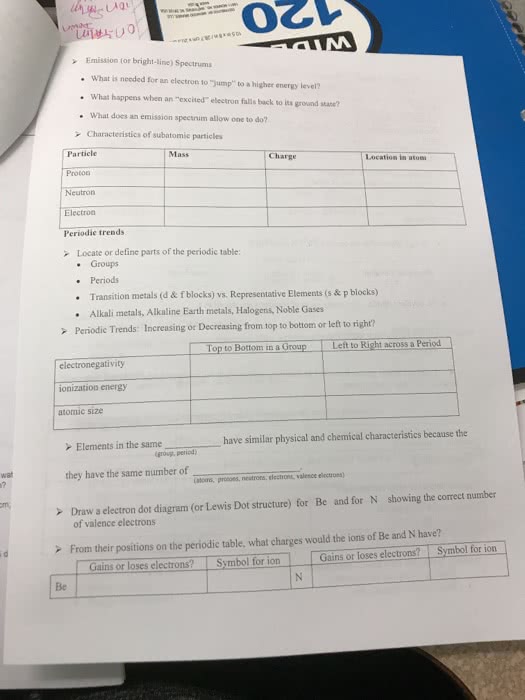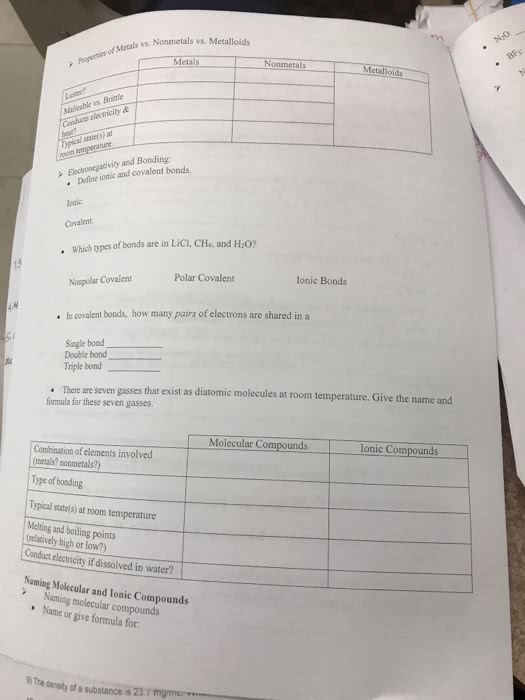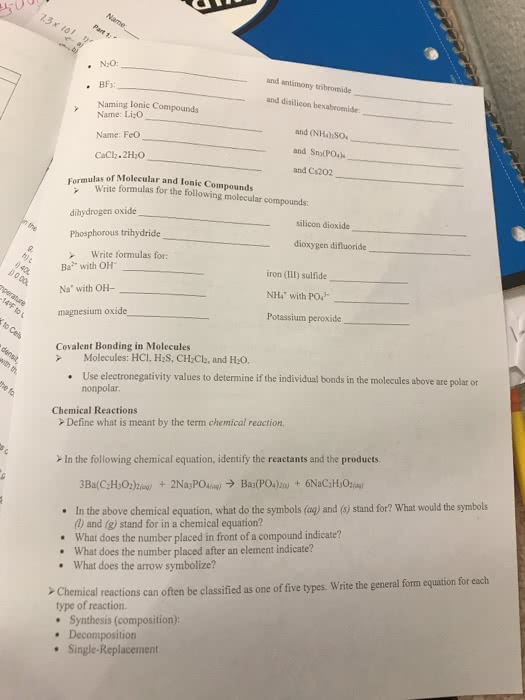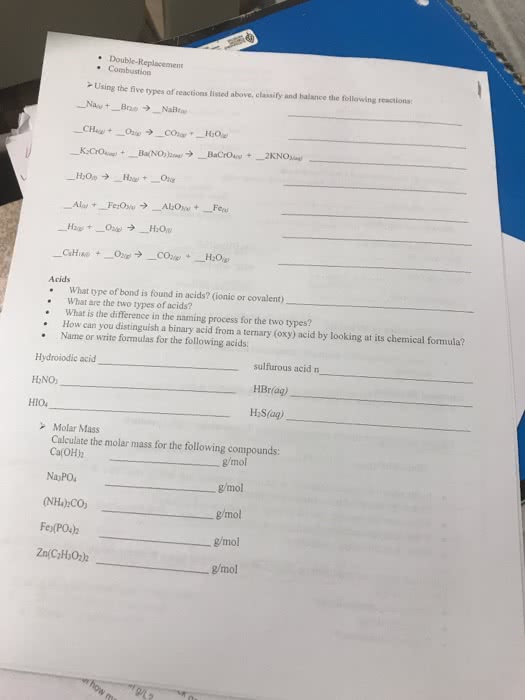CHEM 101 Lecture Notes - Lecture 3: Combustibility And Flammability
Document Summary
Are made of at least two elements, thus have at least two different atoms. This was discovered by proust (about 1800) and is summarized in the law of constant composition and definite proportions. Pure compounds have constant properties, thus if two compounds exhibit different properties they are not the same! For example pure water h2o consists always of 11% h and 89%o. Pure compounds have different properties than the elements they are made of! Two atoms of the same kind are molecules of an element and two atoms of different kind are a compound. Mixtures are not pure but made of different compounds. Homogeneous mixtures have the same macroscopic composition and appearance throughout. Examples are air, water, coffee, tea, coke, pudding, milk etc. Heterogeneous mixtures show no uniform macroscopic appearance or composition. Examples are sand, wood chips, and chicken soup. Observation: a homogeneous mixture is often either gaseous or liquid, whereas a heterogeneous mixture is usually liquid or solid.


